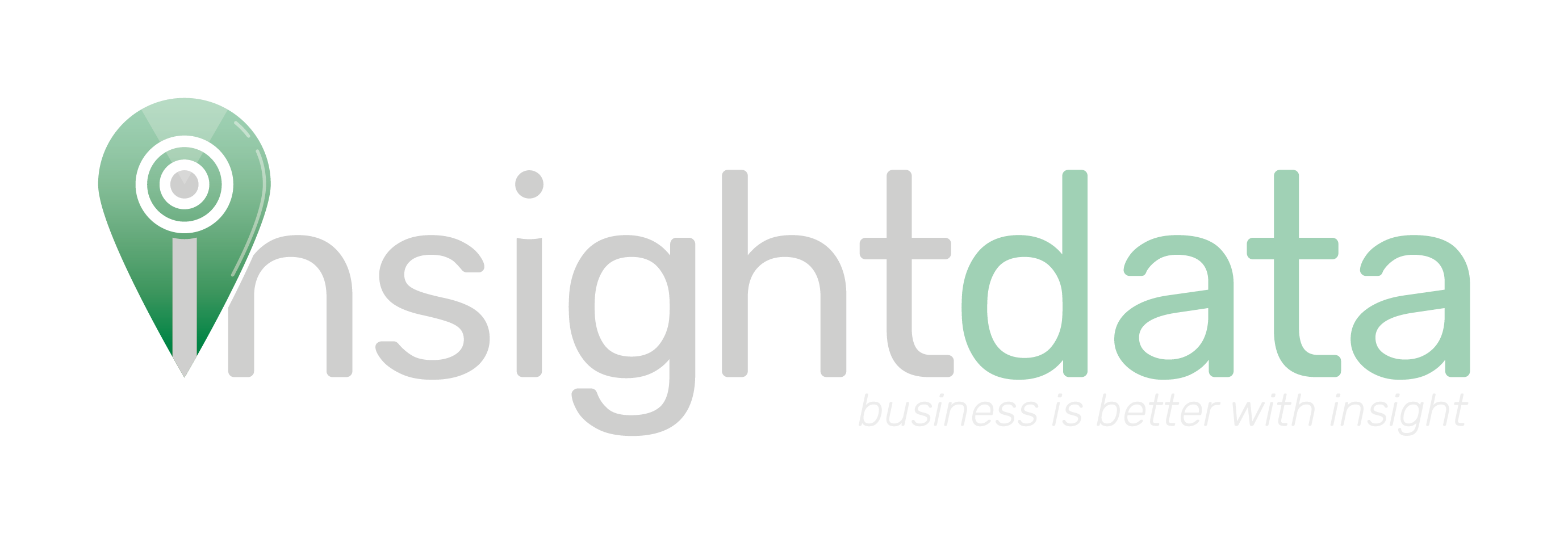It’s come to that time again; you’ve come up with an amazing direct marketing campaign, it’s all good to go and the leads will soon be flowing in, but you have one problem: your data list is old and outdated or even worse, you don’t have a prospect list. So now what do you do?
 How do you get a prospect data list that is up-to-date, relevant, effective and full to the brim with market intelligence?
How do you get a prospect data list that is up-to-date, relevant, effective and full to the brim with market intelligence?
Education is the key
Be prepared to test and question any data supplier to safeguard yourself against poor and inaccurate data lists. Every data provider will promise different things; “100% deliverability rates”, “50,000 contact names and email addresses for £250.00”. If it sounds too be good to be true then, unfortunately in most cases, it is.
These lists will often contain generic email addresses such as sales@ or info@ that would have been collected over many years, which will result in a large portion of them being outdated. Not only will you waste your precious time and money when buying bad data, you could also land yourself in hot water.
If you are seen to be spamming or receiving too many bounce-backs, your email provider can blacklist you, meaning that you will no longer be able to market through that platform and in some cases your email address may even get blocked. To avoid this happening follow our advice below.
When buying a data list, you need to have a clear understanding of exactly what you want (target audience and information supplied).
How many contacts, addresses, email addresses and phone numbers do you want? Do you just want email addresses? Or just phone numbers? The more fields you ask for the more expensive it is likely to be. There’s no point wasting additional money on information you don’t want or need.
Once you have a clear understanding of what you need, get a few quotes. Look at the offerings around and create a small hot-list of the best ones you find. Then ask a few questions;
How is the list researched?
How often is the list updated?
How is it updated?
Where do they find the information?
How is it verified?
A good data supplier will update their databases fully every quarter, and have a call centre constantly confirming and verifying that all the details they have are correct. A poor data supplier will rarely update their databases and will not be able to give you a clear indication of when it was last updated.
Another trait of a good data supplier is that they will offer a free sample. If they do not offer or refuse to give a sample, something isn’t quite right and it is probably best to try elsewhere.
 Buying your data should be the last step, left until the last possible moment. When launching a direct marketing campaign you want your data to be the freshest it possibly can. Businesses move, cease trading and start trading, change emails and gain new staff every day. Therefore, as soon as you buy your prospect list it will start decaying, so buy it at the latest possible time so that your campaign has the freshest data available to guarantee the best results. A good data supplier will be able to turn around a data order in a couple of hours.
Buying your data should be the last step, left until the last possible moment. When launching a direct marketing campaign you want your data to be the freshest it possibly can. Businesses move, cease trading and start trading, change emails and gain new staff every day. Therefore, as soon as you buy your prospect list it will start decaying, so buy it at the latest possible time so that your campaign has the freshest data available to guarantee the best results. A good data supplier will be able to turn around a data order in a couple of hours.
Check the deliverability rates on offer. Data suppliers often boast of “unrivalled” or “exceptional” deliverability rates. Check exactly what percentage they claim to provide and compare to your own results; if it doesn’t match up you could be entitled to some additional records or a refund depending on your supplier.
Data is the core essence of any direct marketing campaign. If it’s good, the campaign will be a success that brings in lead after lead. If it is poor it will ruin your campaign whilst costing you time, money and resources.
Good data may cost a little bit more, but in reality that extra cost will bring you a greater return on investment than a cheap knock-off ever would, not to mention you can use it time-and-time again.
A great campaign begins at the source; start improving your results with better data today.







